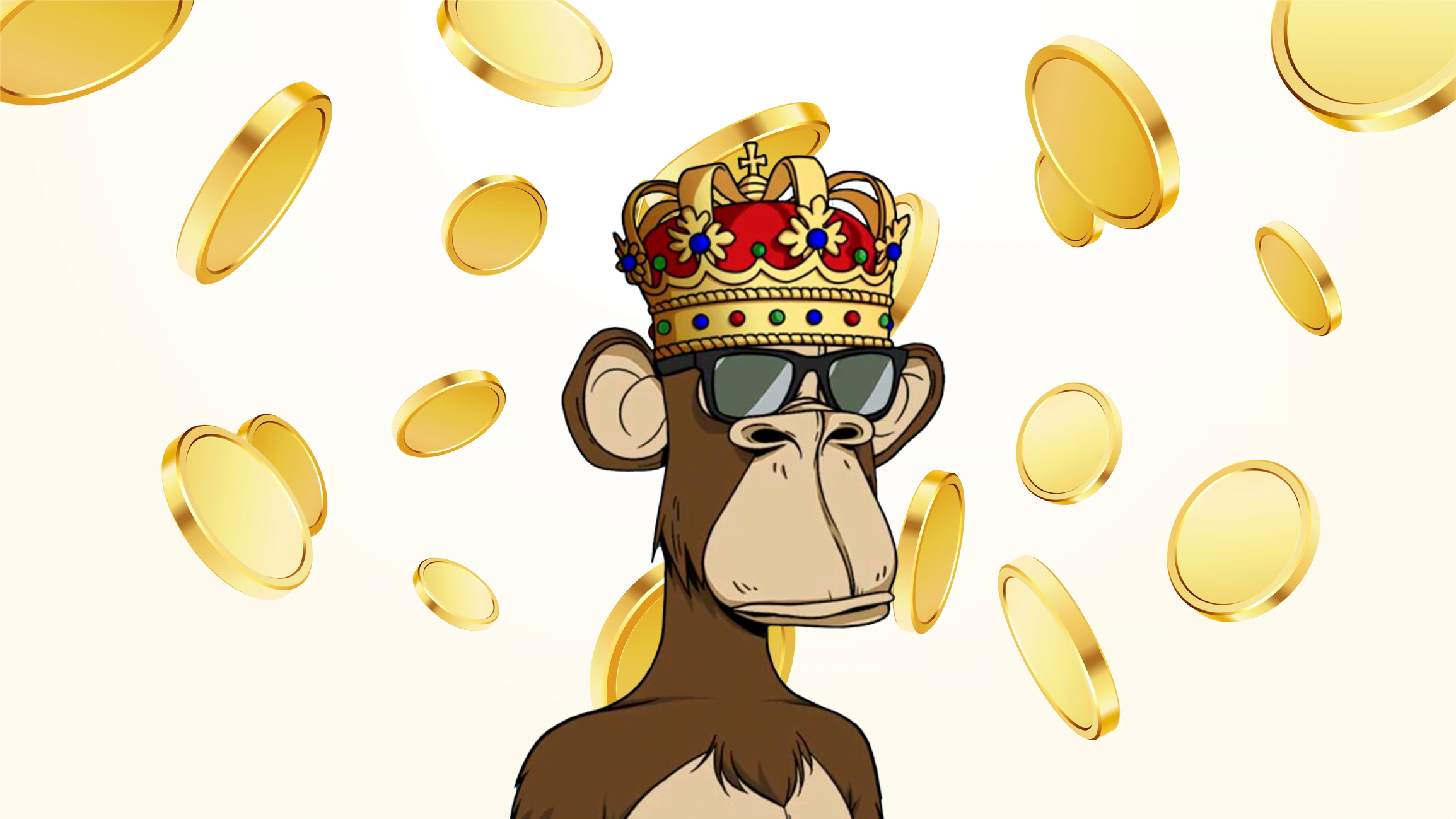Is there really such a thing as crypto addiction?

I have long believed that buying crypto is less like an investment, as it is usually said, and more akin to gambling. There are the get-rich-quick promises, the gamified trading platforms and the sheer unpredictability of the markets.
It wasn’t until I hosted the latest series of the FT’s Tech Tonic podcast that I realized how deep and disturbing the parallels are. “A Skeptic’s Guide to Crypto” took me on a wild ride, from monomaniacal tech billionaires in Virginia to no-nonsense cattle ranchers in Wyoming. But it was in the Scottish Borders, about 20 miles south of Edinburgh, that I came across Castle Craig, an impressive 18th-century manor house that has been used as a rehabilitation center for more than three decades.
Castle Craig treats all types of addiction, from alcoholism to gambling, but in 2016 it became the first rehab clinic to diagnose and treat crypto addiction. Since then, it has worked with almost 250 patients, and the numbers are growing every year.
The man in charge of the crypto clinic is Tony Marini, a 57-year-old Scottish-Italian who uses the same 12-step program he does to treat gambling. Marini, himself a former gambler, alcoholic and cocaine addict now in recovery for 17 years, tells me that as soon as he started researching crypto after his first patient in 2016, he was hooked.
“I found myself spending hours looking at different cryptos, going back to check prices,” he says. “I became obsessed with it … my brain was taken to the exact same place that gambling would take me.” He almost put some money into it himself, before he realized the dangerous path he was taking.
Not everyone gets addicted to crypto trading, of course, but it’s not hard to see why it can be addictive, with its heady mix of volatile price movements, a market that never sleeps, a seemingly endless supply of crypto tokens to bet on – more than 21,000 at last count – and an active online community.
But crypto has a problem that gambling, which is clearly labeled as such, doesn’t: people often don’t know what they’re getting themselves into, even when they’re addicted. There is no specific body that regulates it. There is no “becryptoaware.org”. Britain’s Advertising Standards Agency is finally tightening its rules on crypto ads that have been popping up everywhere, but they won’t come into force until next year.
“People don’t think they have a problem with crypto, and this is the biggest problem,” says Marini. “People using crypto don’t know they’re gambling… because it’s not regulated.”
Most of Marini’s crypto patients come in with other addictions—typically cocaine and amphetamines, which help users stay awake in the market—and it’s not until they start discussing their behavioral patterns that they realize they’re also addicted to crypto.
One former patient, who was already in recovery for alcohol and drug addiction, describes setting multiple alarms on his phone so he could wake up throughout the night to check crypto prices. He soon found himself back into alcohol and cocaine. Marini sees this as another example of cross-dependence, where one dependence feeds another.
I usually take some kind of vague pleasure in poking fun at the toxicity of cryptoculture, especially when it’s aimed at “no-coiners” like me. But stories like this bring me no joy. Crypto may be dressed up in memes and Dogecoin t-shirts, but it’s time we start seeing it for what it is: a pretty dangerous form of gambling.
Jemima Kelly is an FT columnist
























